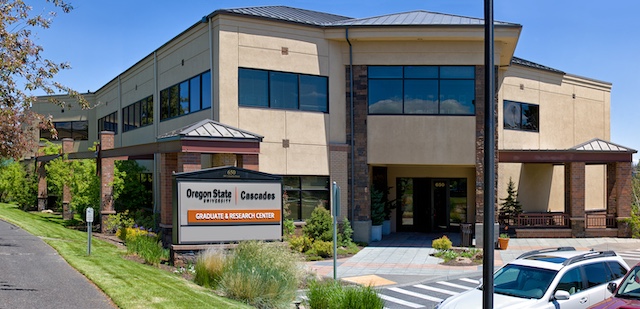Using a greenhouse can extend the veggie growing season
Published 12:00 am Tuesday, August 21, 2018

- Carefully choosing the varieties of vegetables can keep options for fresh produce open into the fall and winter months.(Photo by 123RF)
I’ve had more than my fair share of irrigation problems this summer. You’d think if I had good sense, I would raise my hands with a hallelujah and praise for the approaching end of the irrigation season.
Obviously, I don’t have good sense. I am pondering what I could grow in my greenhouse to extend the fresh veggie season.
Trending
I do have a source of water, and there is a wall-hung gas heating system that I prefer not to use for economic reasons. The biggest consideration will be the amount of sunlight needed to sustain growth.
“Growing Vegetables in Central Oregon,” an Oregon State University publication available at the OSU Extension office in Redmond, provides a soil temperature germination chart that will guide me in the seed selection.
I will choose seeds that germinate at a lower soil temperature of 45 to 50 degrees. I will also need to pay attention to choosing varieties that will sustain growth at lower air temperatures.
Anyone who has followed gardening magazines and books over the years will be familiar with the writings of George “Doc” Abraham and Katy Abraham. They wrote for the Rodale Press for many years and hosted a radio show in New York. The sign-off on the radio was always “Gotta grow now!” The Abrahams passed away in 2005. They were well into their 80s, Doc Abraham died in January, and Katy Abraham four months later.
When I started thinking about a fall/winter greenhouse usage, I pulled my 1975 copy of their book “Organic Gardening Under Glass” out of the bookcase for some sage advice from the gurus.
I love beets, and they are listed as a veggie to try. The Abraham recommendation is to try the yellow (golden) beets on the basis of them being sweeter than the red beets. Also, the cooked beet tops, they felt, were tastier.
Trending
Carrots will be on the try-it list but with some considerations. Hopefully, I will be able to find a variety locally with a short maturity time in the range of 55 to 60 days and also with a short root length of 6 inches or less.
According to the writings of the Abrahams, once you raise your first crop of radishes in the greenhouse or in a cold frame, you’ll agree they are better tasting than field-grown. I will look for varieties that mature between 25 and 40 days.
Lettuce varieties and oriental greens need to be researched. I have read that Swiss chard will do better in the greenhouse than spinach because of its tolerance to fluctuating temperatures.
I have some leftover Oregon sugar snap peas, and I’m thinking how tasty they might be heading into the holiday season. Maybe it is wishful thinking, but it’s worth a try.
The Abrahams proclaimed that the easiest of all crops to grow in the greenhouse are herbs and also felt the flavor is better than when grown outdoors. The disclaimer would be that you know the culture of the herb. Basil wouldn’t sustain growth without additional heat.
I have grown wonderful rosemary for several years in the greenhouse. Currently, I have culinary sage and winter savory in 4-inch pots that need to be tended to. Should I pot them up to a larger container or plant them in the soil beds in the greenhouse?
If I keep them in pots, I will need to protect them from the frost. If I plant them in the ground, they are on their own. I’m looking to make my gardening easier, so they will be planted in the in-ground greenhouse beds.
Oregano used to be considered the primo herb of choice. I think with our culinary changes, it has been replaced by cilantro. I have field-grown cilantro in the vegetable garden, but since it doesn’t dry well, I would like to keep a fresh supply going in the greenhouse. Cilantro will be added to the list.
The soil temperature in the greenhouse at present is still in the 75 to 80 degree range with the air temperature hitting close to 100 degrees if I don’t use the fan, so it will be a while before the great experiment begins.
— Reporter: douville@bendbroadband.com








